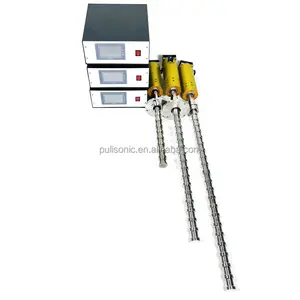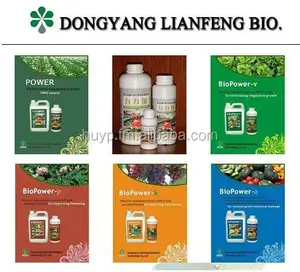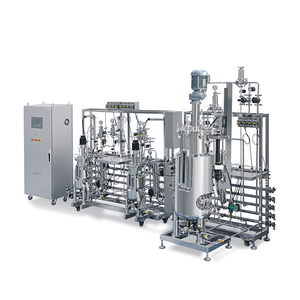Exploring Algae as a Biofertilizer
Algae-based fertilizers, such as algae fertilizer, are emerging as a sustainable solution for agricultural practices. These fertilizers are derived from naturally occurring aquatic organisms that are rich in essential nutrients. Utilizing algae as a fertilizer not only supports plant growth but also contributes to soil health. The use of algae used as fertilizer taps into the benefits of these marine resources, offering an eco-friendly alternative to synthetic options.
The Composition and Benefits of Algae Fertilizers
Algae fertilizer production harnesses the nutritional potential of algae, including varieties like ascophyllum nodosum fertilizer and sargassum seaweed as fertilizer. These fertilizers are rich in humic acids, proteins, and a variety of minerals, which are crucial for healthy plant development. The presence of these nutrients in biofertilizer algae formulations helps in building robust crops capable of withstanding adverse conditions such as drought and temperature extremes.
Applications and Usage of Algae Fertilizers
The versatility of algae as a biofertilizer is evident in its wide range of applications. It can be used for different types of plants, including ornamentals and edibles. For instance, blue green algae as biofertilizer is particularly noted for its efficacy in promoting vigorous growth and bloom in flowering plants. When using algae based fertilizer, it is recommended to follow specific dilution rates, such as mixing a certain ounce per gallon of water, to ensure optimal plant uptake.
Environmental Impact and Sustainability
The sustainability of algae fertilizer is one of its most compelling attributes. Products like alga grow plagron and alga bloom 1l are crafted from renewable algae sources, making them a sustainable choice for environmentally conscious growers. The use of growing algae for fertilizer reduces reliance on chemical fertilizers, thereby minimizing the ecological footprint of farming activities.
Considerations for Choosing Algae Fertilizers
Selecting the right type of algae fertilizer involves understanding the specific needs of the plants and the characteristics of the soil. While algae as a fertilizer is generally suitable for a wide range of plants, certain formulations like blue green algae fertilizer may be more suited for specific crop types. It is important to assess the nutrient profile and release rate of the fertilizer to match the growth stage and nutritional requirements of the plants.
Conclusion
Incorporating algae fertilizer into agricultural practices is a step towards sustainable farming. With a variety of products available, such as ascophyllum nodosum seaweed fertilizer and sargassum as fertilizer, growers can select an algae-based solution that aligns with their horticultural needs. By choosing algae fertilizers, farmers and gardeners can contribute to a greener future while nurturing their crops effectively.

































 浙公网安备 33010002000092号
浙公网安备 33010002000092号 浙B2-20120091-4
浙B2-20120091-4